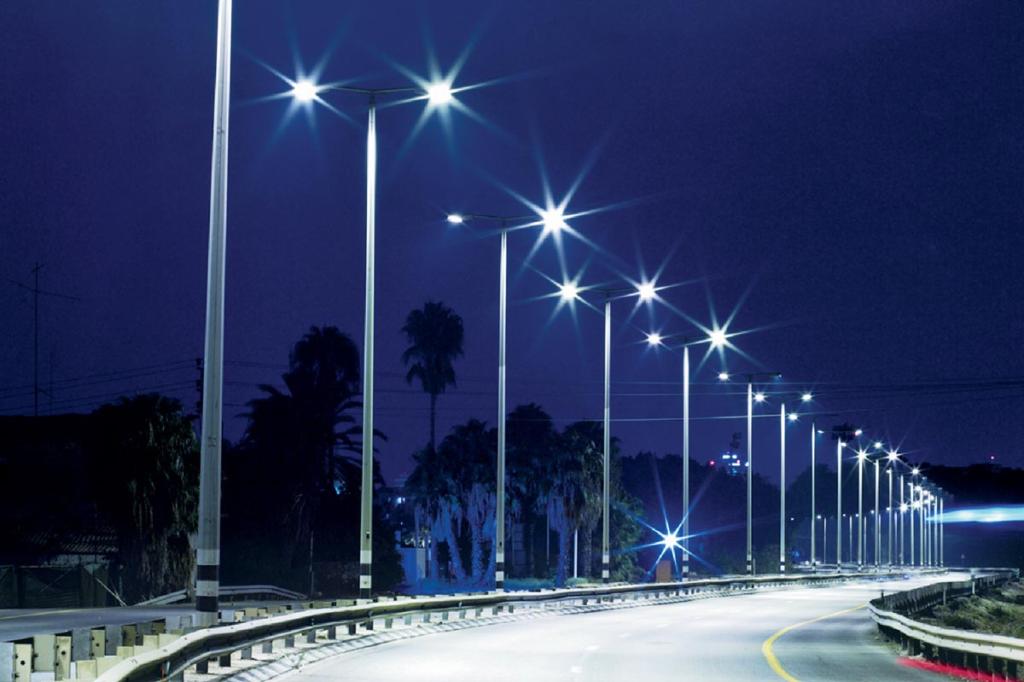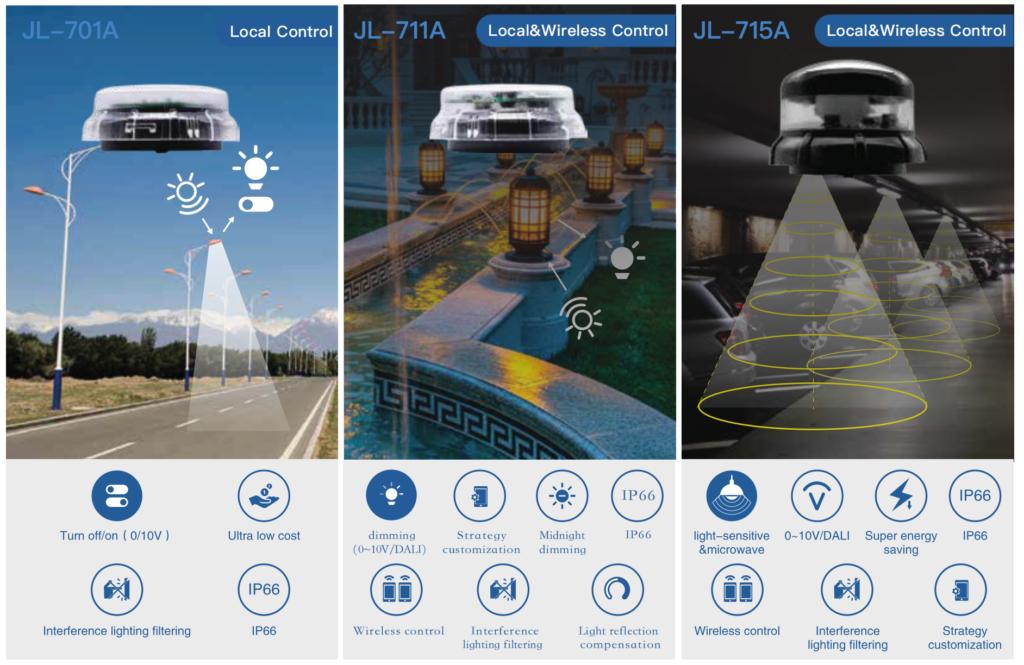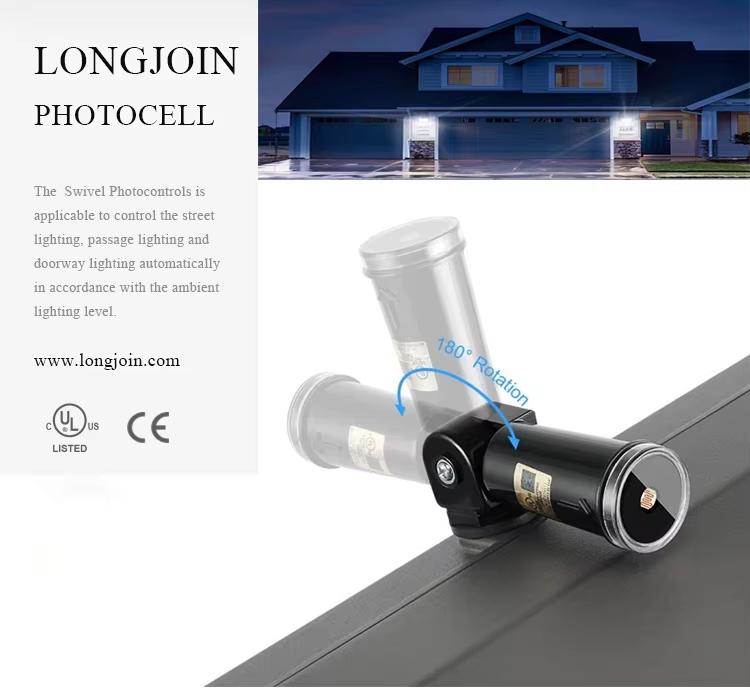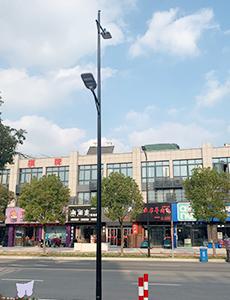Outline
- Introduction
- The Challenge of Light Decay
- Impact on Operational Costs and Maintenance Needs
- X-Light Decay Compensation Technology
- Advantages
- Smart Dimming System Innovations
- Principles Behind Smart Dimming
- Benefits
- Synergistic Effects of Light Decay Compensation and Smart Dimming
- Continuous Performance Optimization
- Precision in Energy Management
- Final Words
A common challenge that lighting systems face globally is the gradual reduction in brightness. This impacts their performance and makes them vulnerable to inefficiencies. Whether it’s in streetlights or industrial setups, diminishing light levels can compromise safety, reduce energy efficiency, and drive up maintenance costs. Addressing this issue is crucial for creating reliable and long-lasting lighting solutions.
Enter X-Light Decay Compensation technology and smart dimming systems, two groundbreaking advancements that are transforming how we manage lighting systems. By combining intelligent monitoring with adaptive control, these technologies not only combat light decay but also optimize energy usage and extend system lifespans.
This article explores the challenges of light decay, delves into the mechanics of these innovative technologies, and highlights how their synergy enhances stability, energy efficiency, and operational performance in modern lighting systems.

The Challenge of Light Decay
Also known as lumen depreciation, light decay is the gradual reduction in brightness in a lighting system with time. Thermal stress, electrical overdriving, and material degradation are the primary factors that induce this brightness reduction in LEDs.
As LEDs age, they consume the same amount of energy while providing less illumination, leading to inefficiency. In terms of safety, reduced lighting can create poorly lit environments, increasing the risk of accidents and reducing visibility.
Impact on Operational Costs and Maintenance Needs
The decline in light output necessitates more frequent maintenance interventions, including cleaning, component replacements, or complete fixture overhauls, to maintain desired illumination levels. These activities contribute to increased operational costs over time.
Moreover, to counteract lumen depreciation, systems are often designed with higher initial light outputs, leading to elevated energy consumption and associated expenses. Implementing regular maintenance programs, such as scheduled cleaning and group relamping, can mitigate light loss and result in significant energy savings.
| Aspect | Before Light Decay | After Light Decay | Impact |
| Illumination Quality | Optimal | Reduced | Compromised visibility and safety |
| Energy Efficiency | High | Low | Increased operational costs |
| Maintenance Requirements | Minimal | High | More frequent replacements are needed |
X-Light Decay Compensation Technology
X-Light Decay Compensation technology employs real-time monitoring systems to continuously assess the luminous output of lighting fixtures. By integrating photocontrol that detects variations in light intensity, the system gathers data on performance metrics.
This information is then processed through intelligent algorithms designed to identify patterns of luminance degradation. Once such a decline is detected, the system dynamically adjusts the electrical input to the light source to compensate for this loss and keep the illumination level constant. The system ensures that lighting systems run within the optimum parameters at all times in their life.
Advantages
Implementing X-Light Decay Compensation offers several key benefits:
- Stable Illumination: The system will automatically adapt to compensate for the decay in light, keeping the brightness consistent to provide good visibility and performance.
- Extended Equipment Life: It continuously monitors for adjustments, thus preventing the overdriving of the light source. This ultimately reduces thermal stress on both the lighting fixture and the associated components and boosts their shelf life.
- Energy Savings: Real-time data helps optimize the electrical input accordingly and thus prevents excessive energy consumption, leading to significant reductions in operational costs.
- Enhanced Safety: Consistent lighting levels are a prerequisite for installations where safety depends on the extent of visibility. Preventing dimming ensures the availability of safe spaces for any kind of setup.
Incorporating X-light decay Compensation into lighting systems not only addresses the technical challenges associated with light decay but also contributes to more sustainable and cost-effective operations.

Smart Dimming System Innovations
Principles Behind Smart Dimming
Smart dimming systems use the latest technologies to regulate lighting according to environmental conditions and time-based schedules. They can also modulate the illumination based on the ambient light level and occupancy detected by sensors.
For example, daylight harvesting uses photocells to measure natural light. The system can then dim artificial lighting when there is enough daylight, saving energy. Time-based adjustments allow for pre-programmed lighting changes throughout the day, following human circadian rhythms or operational needs.
Benefits
Implementing smart dimming systems offers several advantages:
Energy Efficiency
By adjusting light levels in response to real-time conditions, these systems significantly reduce energy consumption. For example, dimming lights during periods of low occupancy or high natural light with the help of dusk-to-dawn photocell sensors leads to substantial energy savings.
Reduced Light Pollution
Adaptive dimming reduces unnecessary lighting, which prevents light spillage into adjacent areas, thus reducing the amount of light pollution. It is very beneficial in urban regions where excessive artificial lighting can interfere with ecosystems.
Adaptability
The ability to set up lighting according to specific environmental inputs and schedules will allow for a versatile lighting strategy that can be adapted to diverse needs, enhancing comfort and productivity.
Long-Term Cost Savings
Smart dimming systems provide a cost-effective solution for modern lighting management. Optimized usage patterns with the help of photosensors result in energy-efficient operation and reduced wear on lighting components, thereby reducing utility bills and maintenance costs over time.
Synergistic Effects of Light Decay Compensation and Smart Dimming
| Benefit | Light Decay Compensation | Smart Dimming | Combined Impact |
| Energy Efficiency | Maintains efficient output | Reduces unnecessary usage | Maximized energy savings |
| Illumination Quality | Prevents degradation | Adapts to conditions | Consistent lighting performance |
| Operational Costs | Reduced maintenance | Lower energy bills | Significant long-term cost reductions |
Continuous Performance Optimization
Combining light decay compensation with smart dimming systems creates a cohesive lighting solution that dynamically adjusts to both environmental conditions and the natural degradation of light sources. Light decay compensation monitors and corrects for reductions in luminosity over time, ensuring consistent light output.
When integrated with light sensor control—which modulates lighting based on factors like occupancy and ambient light—this synergy allows for real-time adjustments that maintain optimal illumination levels while minimizing energy consumption. Such integrated systems have been shown to significantly enhance energy efficiency and user comfort in various settings.
Precision in Energy Management
The fusion of these technologies enables precise energy management by tailoring light output to current needs and compensating for the gradual decline in light source efficacy. This dynamic adaptation not only reduces unnecessary energy usage but also extends the operational lifespan of lighting components.
By continuously calibrating light levels, the system ensures that spaces are neither over- nor under-lit, promoting both efficiency and comfort. Research indicates that such intelligent lighting control systems can lead to substantial energy savings and improved lighting quality.

Comparative ROI of Traditional vs. Advanced Lighting Systems
| Parameter | Traditional Systems | Smart Systems | Improvement |
| Average Energy Savings (%) | 10-15% | 40-60% | 30-45% |
| Maintenance Frequency | High | Low | Reduced by 50% |
| Operational Lifespan | 3-5 years | 8-10 years | Almost double |
Final Words
Incorporating light decay compensation and smart dimming systems revolutionizes lighting performance, ensuring stability, energy efficiency, and cost-effectiveness over time. These technologies not only enhance illumination quality but also support long-term sustainability goals. For seamless integration of advanced smart dimming solutions, Chi-Swear stands as a trusted partner, delivering reliable, innovative systems tailored to modern lighting needs.






